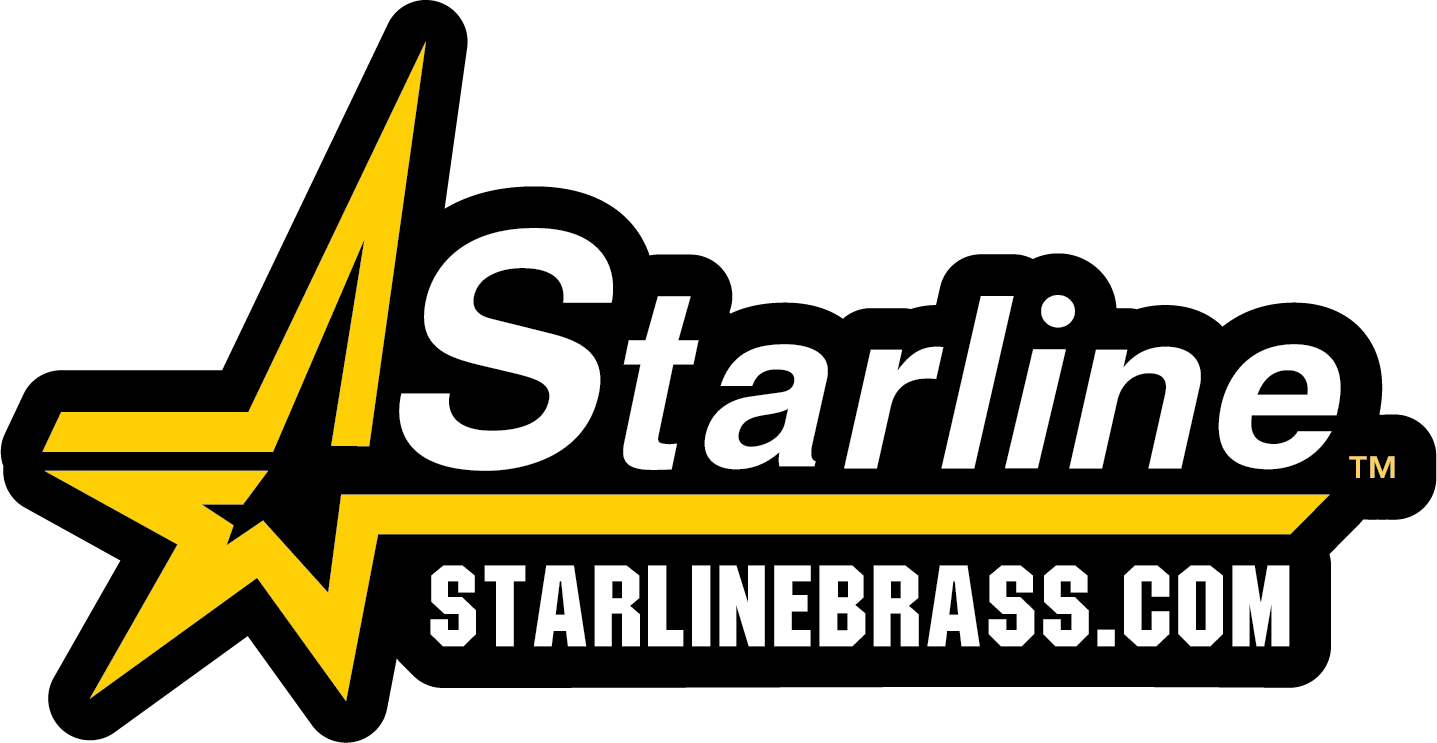Roundnose types of bullets today are considered as archaic as wooden wheels. Yet up until the 1960s the vast bulk of factory non-magnum revolver ammunition carried RN lead bullets. For decades I bought into the common trend. Therefore when able to scrape up a few bucks for another handgun bullet type mould it was cut for a WC or SWC design. Then in the early 1980s, I began to undergo a change. Instead of basing my knowledge on others’ writings I started paying attention to bullet holes placed in paper targets by me.
The SWC fans are right about bullet shape on game. There exists hardly anything better. But there’s another end to the spectrum. Personally I do precious little handgun shooting at game and have not participated in bullseye target competition since my teens. My handgun shooting now is purely recreational: at steel falling targets, steel dueling trees and even stationary steel plates with an occasional paper target mixed in. RN types of bullets serve me well and in fact have some advantages. When casting, they veritably fall from the mould cavities because there are few sharp driving bands to hang up. Dropping RN types of bullets into revolver cylinders is eased for the same reason.
And be sure; they are accurate. Even the old time writers grudgingly admitted that. With experience, especially with revolvers, a theory developed in my mind. Often revolvers have excessively large cylinder chamber mouths. For instance, it is common to encounter .45 Colts with .451 inch barrel groove diameters and .456 inch and larger chamber mouths. My theory is that roundnose bullets sort of self-center in revolver forcing cones and fly truer. There isn’t a bit of scientific evidence to support my theory. But, I have had superior accuracy from many .45 Colt revolvers with roundnose types of bullets compared to their performance with SWCs.
Let’s look at some RN bullet loads of my experience. Back in its heyday, .38 Specials were mostly factory loaded with 158 grain RN bullets at about 850 fps. Lyman’s bullet #358311 was developed to duplicate the factory load’s profile. That RN .38 Special factory load is easy for handloaders to duplicate. An alloy of one part tin to 20 parts lead causes bullets from my Lyman #358311 mould to drop at 160 grains. From the 6 ½ inch barrel of my S&W Outdoorsman (Model 23) 4.5 grains of Unique gave 852 fps with those bullets matching the old 158 grain RN factory load.
When Smith & Wesson introduced their new N-frame Hand Ejector 1st Model in 1907 it was introductory vehicle for the likewise new .44 Special. For bullet the factories simply put the same 246 grain RN previously used in .44 Russian factory loads. Although nominal factory ballistics have usually been rated at 755 fps, I’ve chronographed .44 Special 246 grain RN factory loads scores of times since starting in 1973 and never once found a batch going that fast. In fact quite often such factory loads fail to break 700 fps.
Redding/SAECO produces bullet type moulds suitable for duplicating that Winchester factory load. It is #442. With 1-20 alloy bullets drop from the mould at 248 grains. Those RNs over 4.7 grains of Titegroup gave 716 fps and 6.3 grains of Unique gave 722 fps. Lyman’s bullet #429383 will serve as well.
Here’s one of those conundrum thingys. I’ve said in print many times that in regards to accuracy I think the .44 Specials’ reputation is overrated; that on the average it gives no better precision than any other big bore revolver cartridge. I’ll almost grant an exception to my own attitude with RN bullets. I’ve seen some fine groups shot with RN bullets in my own .44 Special revolvers; much better than ever gotten with SWC bullets.
The .45 Auto-Rim was developed for RN bullets of 230 grains weight. Put in Oregon Trails 230 grain RNs meant for .45 ACP and crimp over the top band. Drop 4.7 grains of Red Dot under them and you’ll have a fine load giving about 800 fps from a 5 ½ inch barrel.
Last we come to the .45 Colt. As said before, its factory 250 grain (255 grain in Winchester) factory loaded types of bullets have a very small meplate but for practical purposes they are still RNs. Most companies produce bullet moulds to approximate the profile of .45 Colt factory RN bullets. The one I’ve settled on was #45-250 (or #324) made by NEI. My reason for that preference is because there’s a crimping groove at the proper location, which is absent from many .45 Colt RN cast bullets. Mine weigh 251 grains right out of the mould.
Both Winchester and Remington rated their .45 Colt factory loads with 255/250 grain RNs as giving 860 fps. The same as with .44 Special never have I actually clocked those factory loads going so fast. Mostly they run from about 730 fps to 800 fps depending on exact revolver and barrel length. As chronographed from a 4 ¾ inch Colt SAA of 1964 vintage, 8.0 grains of Unique with the NEI bullet gave 875 fps so duplicating nominal factory speeds is possible. More realistic, however, are the velocities given by 6.0 grains of Red Dot or Titegroup. They were 789 and 818 fps respectively.
Many shooters today still sneer at RN bullets. I’d even venture to say that SWCs are “king” among cast handgun bullet types whether home cast or commercially cast. Neither of those facts needs be so. Unless used specifically for game or bullseye targets RN bullets handloaded to roughly equal old RN bullet factory loads do fine.
DISCLAIMER: All reloading data in this article is for informational purposes only. Starline Brass and the author accept no responsibility for use of the data in this article.
